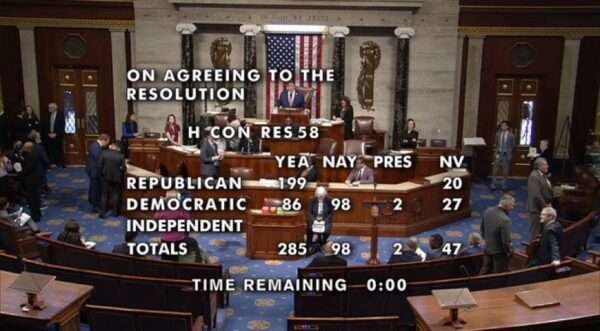In a groundbreaking policy update, the HR department at a major corporation has declared that ‘Reply All’ emails will now be classified as a form of workplace harassment. The decision comes after years of mounting frustration, passive-aggressive email chains, and inboxes cluttered with unnecessary responses, leading the company to take drastic action.
The Problem: Inbox Overload
For years, employees have been at the mercy of the ‘Reply All’ button. What starts as a simple message often turns into an endless cycle of replies, with coworkers chiming in, adding their two cents, or simply replying with a “Thanks!” that no one asked for. As a result, inboxes overflow with irrelevant emails, causing distractions and frustration.
“The constant ‘Reply All’ emails have reached a breaking point,” said one HR representative. “It’s no longer just a nuisance; it’s actively disrupting work and causing stress.”
The New Policy: Zero Tolerance for ‘Reply All’
In response, HR announced a new policy classifying excessive use of the ‘Reply All’ feature as workplace harassment. Under this policy, any employee who repeatedly sends unnecessary ‘Reply All’ emails will face consequences, ranging from a stern warning to mandatory email etiquette training, and in extreme cases, even termination.
“We had to take a stand,” said the HR manager. “Enough is enough. Employees need to focus on their work, not on clearing their inboxes of irrelevant messages.”
The policy also includes a clear definition of what constitutes ‘Reply All’ harassment: any email response sent to more than three people unnecessarily, especially when the content is irrelevant to the larger group.
Employee Reactions: Relief and Fear
The new policy has sparked a range of reactions from employees. For some, it’s a long-overdue solution to an annoying problem.
“Finally! I’ve been waiting for something like this for years,” said one employee. “My inbox is a disaster because of ‘Reply All’ emails. Now, maybe I’ll actually get some work done without deleting hundreds of pointless responses.”
Others, however, have expressed concern about accidentally violating the new rule. “I’m terrified I’m going to hit ‘Reply All’ by mistake and end up in HR,” one nervous employee admitted. “It’s such a force of habit, and now I feel like I’m walking on eggshells every time I send an email.”
The Bigger Picture: A New Era of Email Etiquette
HR’s decision reflects a broader trend toward streamlining workplace communication. As more companies recognize the impact of unnecessary emails on productivity and employee well-being, policies like this may become more common. Email etiquette, once considered a minor issue, is now being taken seriously as a key factor in maintaining a functional workplace.
Experts believe this shift is part of a larger effort to create more efficient work environments. “Communication overload is a real problem,” explained one workplace efficiency consultant. “Policies like this may seem extreme, but they highlight how important it is to have boundaries when it comes to email.”
What’s Next for the ‘Reply All’ Button?
As the policy goes into effect, employees will need to rethink how they use the ‘Reply All’ feature. HR has assured workers that this isn’t about stifling communication but about fostering more mindful email habits.
“We’re not saying don’t communicate,” clarified the HR manager. “We’re just asking people to consider whether 15 people really need to know you said ‘Thanks.’”
Key Takeaways
- The HR department has officially classified excessive use of the ‘Reply All’ button as workplace harassment.
- Employees who overuse ‘Reply All’ will face consequences, ranging from warnings to potential termination.
- The policy aims to reduce email clutter, improve productivity, and encourage better email etiquette in the workplace.















